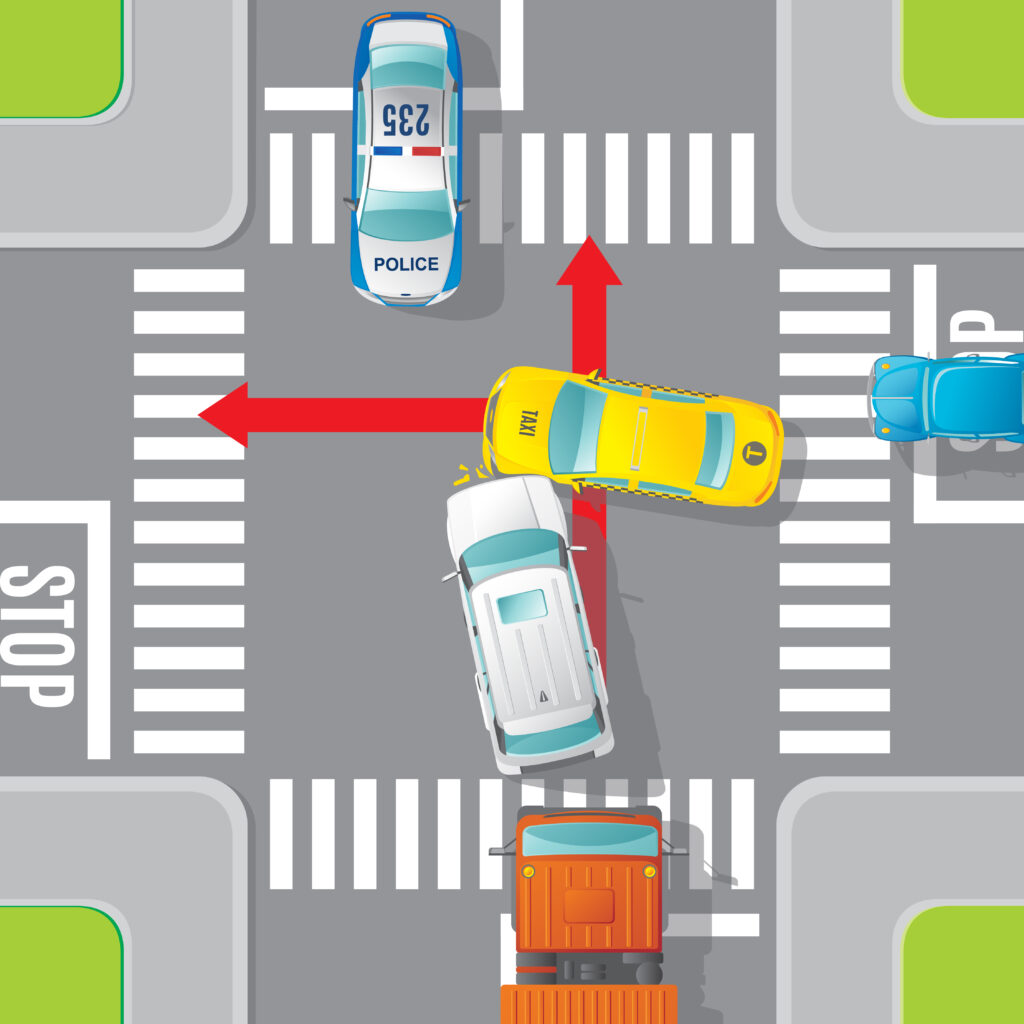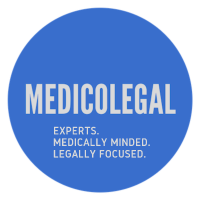
Injury law is one of the most complex areas of practice. Proving a catastrophic injury in court certainly requires legal knowledge, but that’s just the start. Plaintiffs need lawyers who are natural-born storytellers—the type who can speak to all audiences and also harness the impact of technology and visual aids to prove liability and illustrate the enormity of the injury.
Oatley Vigmond has been recognized by The Best Lawyers in Canada™ and received numerous accolades from the media and the legal community for their signature brand of visual advocacy. Partner Troy Lehman joined Oatley Vigmond 15 years ago after going to trial against the firm and, as courtroom opponent, witnessed the firm’s effective approach to visual advocacy.
He discussed his experiences building on what he learned going up against Oatley Vigmond 15 years ago—that painting a picture in the courtroom is a key to success. Staying on the cutting edge of visual advocacy has allowed Lehman and Oatley Vigmond to achieve outstanding results for clients.
How would you describe your experience doing a case against Oatley Vigmond?
I went to trial against Oatley Vigmond about five years into my career for a serious burn injury case. Unlike my previous trial opponents, the lawyers at Oatley Vigmond truly embraced demonstrative evidence. They effectively used photographs but took it further by producing day-in-the-life videos and medical-legal illustrations to paint a vivid picture of their client’s injuries and his struggles.
I saw the judge transfixed by the video they produced, which showed how this young man’s life was forever changed by the burn – from his daily morning routines and having to apply skin care products to activities where he could no longer participate. It was extremely compelling, and a marked difference from what I had seen from other lawyers.
Oatley Vigmond was so effective in their use of visual storytelling and demonstrative evidence that I was convinced to leave my practice and join the firm.
How has visual advocacy changed in the 15 years you have been with Oatley Vigmond?
There has been a huge advancement in technology that allows us to bring new and persuasive visual evidence into the physical courtroom and in video-conferenced court proceedings. 3-D models are a prime example – along with computer animations, they can be used to recreate accident scenes and injuries. Radiographs that show bone and tissue can be brought to life with 3-D models that juries can review when they deliberate.
Tell us about a case where you used demonstrative evidence and how it impacted the verdict.
Demonstrative evidence has played a key role in every trial I have led at Oatley Vigmond.
We obtained one of Ontario’s largest spinal cord injury settlements after establishing liability in a trial involving a dangerous roadway. Our 17-year-old client was paralyzed after swerving to avoid another vehicle on the crest of a steep hill on a rural road. The defence argued that this was just an ordinary hill. We argued that the road was dangerous because it deflected to the right at the crest of the hill in such a manner that a driver in our client’s position would think an oncoming car that was in its correct lane was coming right at her. It was impossible to fully understand the hazard just by looking at pictures of the road. Through a combination of aerial photographs, animations and videos we were able to convince the trial judge that the unique features of the hill “amounted to a trap for the unwary at night.”
Visual evidence is even more important with juries.
A couple of years ago I obtained the largest jury verdict in Barrie’s history – more than $7 million – for a child with a brain injury. Our young client suffered a brain injury after jumping out the back door of her school bus on the last day of Grade 8, engaging in an unofficial “tradition” that the bus company did not stop. The severity of her brain injury was an issue in the case. The defence argued that the brain injury was minor because it did not appear on MRI scan. We obtained an opinion from a nuclear medicine specialist who conducted a SPECT scan of our client’s brain and found permanent brain injury. The SPECT scan provided visual evidence of a brain injury that the jury could see and it clearly made a big impression on them.
How have you been able to use demonstrative evidence to obtain favorable settlements?
Visual advocacy has been a big part of our firm’s success in negotiating many multimillion-dollar settlements.
One that stands out for me is a settlement obtained part-way through a trial. Our client was swimming in a lake and dove into the water in an effort to avoid being run over by a motorboat. But the propeller hit in her midsection and ripped apart her pelvis.
We obtained a 3-D model of the pelvis to demonstrate to the jury the extent of the damage that a picture could not show. The case settled a few days into the trial once defence lawyer saw the profound effect that the demonstrative evidence had on the jury.
When should attorneys—regardless of their area of practice—consider referring injured clients?
In my experience, busy referring lawyers want the best for the people they refer. Referring a client quickly to an experienced personal injury lawyer allows evidence to be obtained before it disappears. Timing is critical. If a lawyer cannot immediately handle a claim, it can be detrimental to the case and the client. Evidence is lost and testimony becomes less reliable with each passing day.
Once we accept a case, we get right to work and dispatch investigators and experts to the scene of the injury and, importantly, to collect any digital or video evidence. Getting an investigation done quickly allows us to obtain video evidence and 3-D imaging that can be invaluable to proving liability.
In terms of the ultimate outcome of a case, why should attorneys consider referring injured clients?
It is easy to settle seven-figure cases for six figures. That unfortunately happens in our profession because many lawyers, even knowledgeable ones, are not prepared to invest enough time, energy and money into a case to secure the best result possible. At Oatley Vigmond, we pride ourselves in pushing cases for the best compensation, doing trials and embracing emerging technology to be the best advocates possible. This has resulted in a strong record of multimillion-dollar awards.
How do you collaborate with the initial attorney once you’ve accepted the referral?
We keep the referring attorney involved to the extent they desire. Some know their clients on a personal level and remain involved for emotional support. Others are happy to hand off clients and know they are secure.
A reference from a peer is the highest compliment, and when the right opportunity presents itself, we return the gesture to lawyers who do good work in other fields.
Reprinted from: Visual Advocacy in Court



